Soft Shell Guide
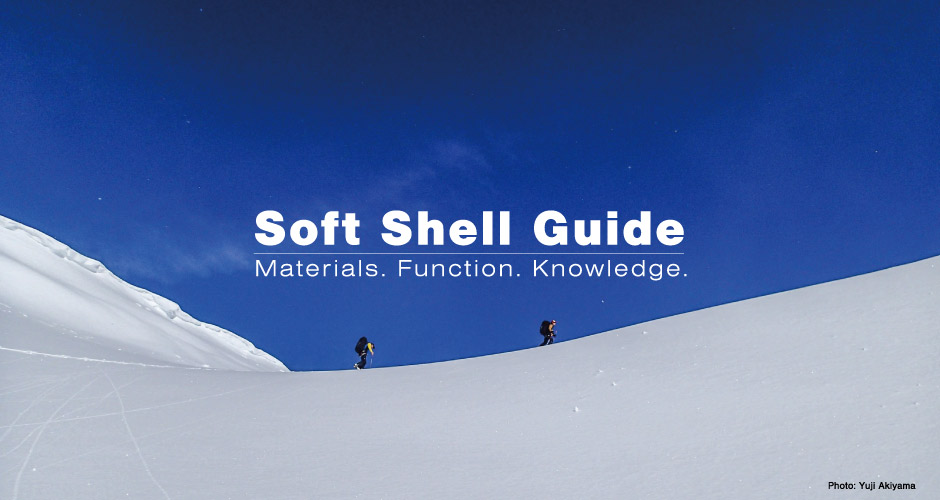
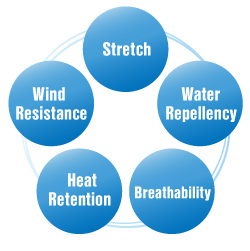
As it sounds, soft shells utilize soft fabrics which deliver varying degrees of stretch, breathability, wind resistance, heat retention and water repellency. This all-around utility allows soft shells to straddle the lines between hard shells and middle layer insulation. While they aren't waterproof and should never be used in place of a rain or alpine jacket, they are water-repellent and will shed some light precipitation. They also provide a level of stretch and breathability not found in hard shells and wind shells, and weather protection not found in most middle layers. The result is an ultra-versatile garment that works great as a breathable outer layer during active pursuits in dry conditions, but can just as easily slip under a rain jacket or alpine shell in rain and heavy snow. When used accordingly based on conditions and activities, a Montbell soft shell will push your layering system to new levels of comfort and versatility.
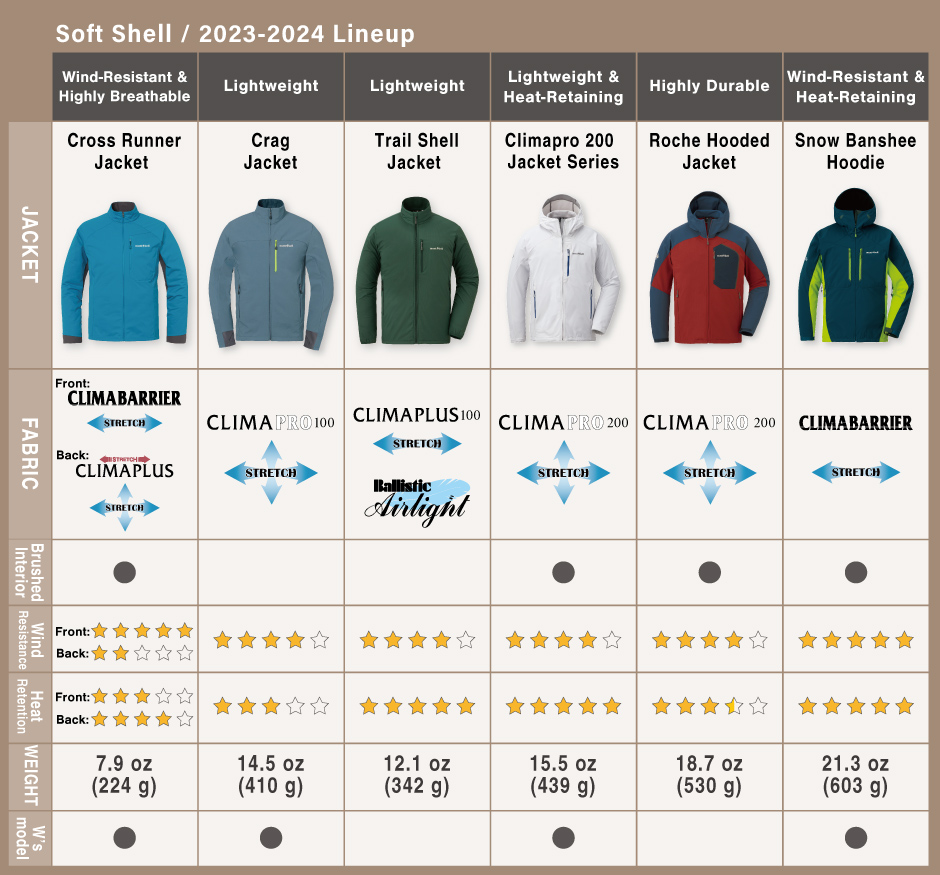



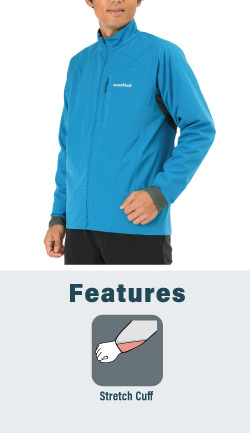
To balance wind protection and breathability for the trail runner, the Cross Runner Jacket utilizes a hybrid construction of fabrics. The front comes with the most wind resistant soft shell fabric in our lineup, and the back features a soft and breathable 4-way stretch fleece fabric. This combination of materials allows the jacket to block wind from the front, vent excess heat and moisture from the back, and maintain mobility while running down the trail.
-
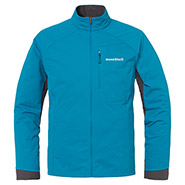
Cross Runner Jacket Men's
Price: $140.00 -
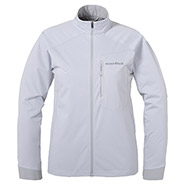
Cross Runner Jacket Women's
Price: $140.00

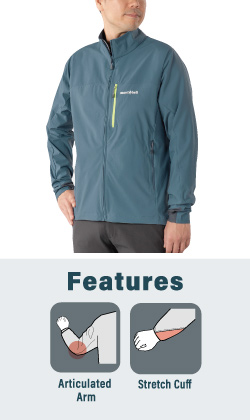
The Crag utilizes 4-way stretch fabric that allows for the dynamic movements needed when climbing. It offers wind protection while on gusty ridgelines and exposed rock faces, and the cuffs come with thumbholes to bring coverage and warmth over the back of the hand. The jacket has an athletic fit to allow for easier layering, and is purposefully constructed without a brushed lining, meaning you can use the jacket earlier in fall, further into spring and even during summer at high elevations and in cooler conditions.
-
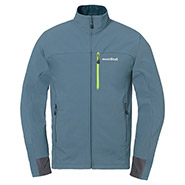
Crag Jacket Men's
Price: $150.00 -
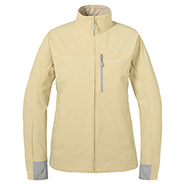
Crag Jacket Women's
Price: $150.00

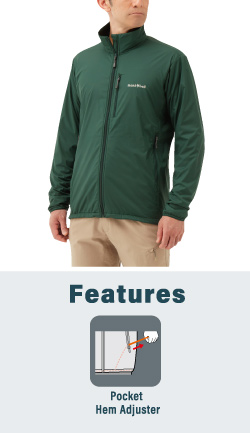
This jacket is perfect for a lot of uses, thanks to the combination of a stretchy, lightweight outer shell fabric combined with a warm, breathable lightweight fleece liner. It excels for use as a middle layer during winter and as an outer jacket when hiking during cooler weather in spring and fall.
-
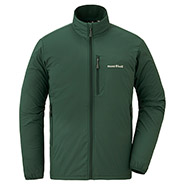
Trail Shell Jacket
Price: $129.00


The CLIMAPRO 200 Series is made from a 4-way stretch fabric that features a brushed interior. The result is a fleece-like heat-retaining garment, but with the added benefits of wind resistance and water repellency. This makes for versatility to enjoy as an outer layer in cool and dry conditions, and as a middle layer on wet or cold days on the trail.
-
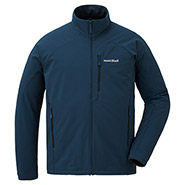
CLIMAPRO 200 Jacket Men's
Price: $159.00 -
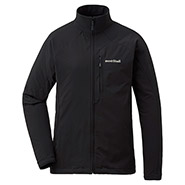
CLIMAPRO 200 Jacket Women's
Price: $159.00 -
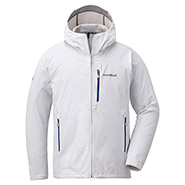
CLIMAPRO 200 Hooded Jacket Men's
Price: $169.00 -
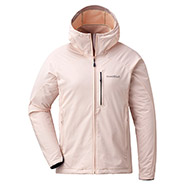
CLIMAPRO 200 Hooded Jacket Women's
Price: $169.00


Designed for winter mountaineering and alpine climbing, the Roche Parka offers a degree of abrasion resistance that is necessary while ascending rocky routes. This is achieved with a brushed 4-way stretch fabric that helps maintain mobility for dynamic climbing moves while also providing warmth in higher elevations and cooler temperatures.
-

Roche Hooded Jacket
Price: $199.00


Featuring a windproof breathable membrane inserted between an exterior fabric and a brushed fleece interior, the Snow Banshee is constructed to provide the highest level of wind resistance and warmth in our lineup. Worried about overheating while skiing, snowboarding, or ice climbing? It also comes with long pit zips to vent excess heat and moisture. Additionally, this model features a 3-way adjustable hood to maintain visibility while you're on the move.
-
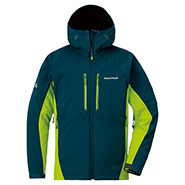
Snow Banshee Hoodie Men's
Price: $250.00 -
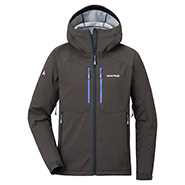
Snow Banshee Hoodie Women's
Price: $250.00

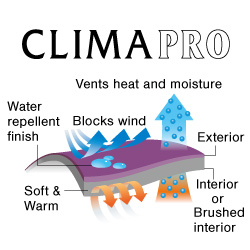
CLIMAPRO 100 & 200
Both fabrics have 4-way stretch, offer a degree of breathability, feature a water repellent finish and block wind. Where they differ most is in comparative levels of warmth. Climapro 200 has a brushed interior which will retain some heat to help maintain comfort in colder temperatures. On the other hand, Climapro 100 has a subtle bumpy texture (instead of a brushed interior) which allows the garment to be used in warmer conditions such as late spring and early fall.

CLIMABARRIER
This fabric features a windproof breathable membrane placed between an exterior fabric and a brushed fleece interior. When compared to our other soft shell materials, it provides the most wind resistance and warmth. The tradeoff is comparatively less breathability and stretch (2-way stretch).
*Different exterior materials are used on the Snow Banshee model and Cross Runner model to match their intended uses.

Stretch CLIMAPLUS
The 4-way stretch fleece fabric comes with a brushed interior to retain heat while offering unrestricted movement. The material also features breathability to vent excess heat and moisture during high-intensity activities.


3-Way Adjustable Hood
ensures a snug fit and visibility
2-Way Adjustable Hood
offers a close-fit and visibility
Articulated Arm
improves fit and allows for dynamic movement
Adjustable Alpine Cuff
helps keep wind and snow out
Stretch Cuff
snugly fits the wrist to shut out wind and enhance mobility
Pocket Hem Adjuster
quickly cinches the hem and helps shut out cold air
Notes on soft shell usage!
Can I use a soft shell in place of a hard shell?
Soft shells are water repellent and provide some protection in light precipitation, but they are not waterproof and should never be used in place of a hard shell. Soft shells will wet out, even in light precipitation for extended periods. So, always remember to bring a rain or alpine jacket for proper protection for when the weather turns nasty.
Can I use a soft shell as winter insulation?
Soft shells are designed to be used as a breathable active layer. So while on the move, they work great to provide wind resistance, retain heat, all while staying breathable to help keep you from overheating. However, they shouldn't be used in place of a standalone insulation layer. If you need lofty warmth for colder conditions, a down or synthetic insulation layer will be a better option.
Is my soft shell windproof?
Soft shells are not completely windproof, but they do help block out the wind which increases the versatility of your layering system. Models made with Climabarrier fabric will come with a windproof breathable membrane to offer the highest level of wind protection in our lineup. Compared to wind shells, soft shells are heavier and less packable. However, they provide better stretch, which is helpful when a greater range of mobility is needed.
